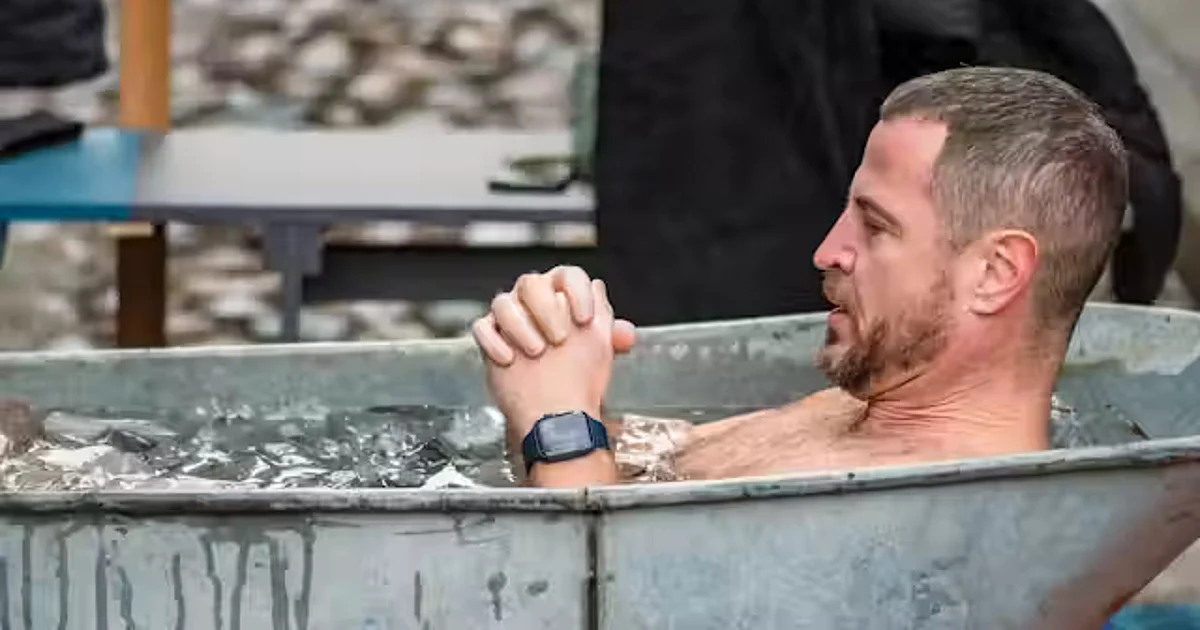Walk through any trendy suburb and you might find a new “wellness” studio offering ice baths or “” (a sauna and ice bath combo).
Scroll social media, and you’re likely to come across with cult-like zeal.
Ice baths have . Initially practised mainly among , cold water immersion is now a booming business model: sold as recovery, discipline and therapy all in one.
But the benefits and, importantly, ice baths can have – particularly for people who have limited experience using them.
From Roman times to today
Cold water immersion isn’t a new concept.
The “” – a room with a cold plunge pool or bath – was a feature in most Roman bathhouses.
For decades, athletes have used , such as swims in cold water, for recovery.
But in recent years, with the proliferation of , there’s been an explosion in people using ice baths recreationally.
Many people are even setting up their own ice baths at home. The was valued at close to US$338 million in 2024 and is projected to reach nearly $483 million by 2033.
Social media shows serene influencers meditating through the pain, claiming it boosts mental health, serotonin, testosterone, and their metabolism. But does the evidence stack up?
Ice baths can reduce muscle soreness after intense training, however the .
shows cold water immersion can improve mood after a single exposure in young, healthy people, but doesn’t find these benefits.
Most claims about mental health, testosterone and weight loss aren’t backed by strong evidence. Rather, they’re anecdotal and .
